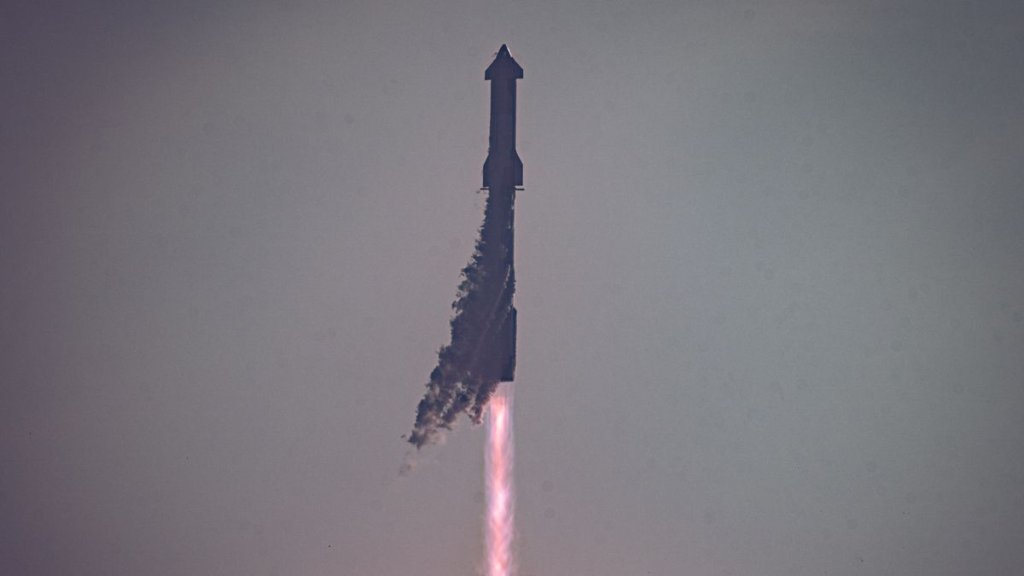The U.S. Federal Aviation Administration (FAA) has closed its investigation into the debut flight of SpaceX’s giant Starship vehicle, which ended with a bang in April.
The investigation — which SpaceX led and the FAA oversaw — identified “multiple root causes” of the April 20 launch failure and 63 corrective actions the company “must take to prevent mishap reoccurrence,” FAA officials said in an emailed statement today (Sept. 8).
The end of the investigation marks a major step toward the second-ever Starship test flight, which SpaceX wants to launch soon from its Starbase site near the South Texas town of Boca Chica. But, FAA officials stressed, it doesn’t clear the path completely.
“The closure of the mishap investigation does not signal an immediate resumption of Starship launches at Boca Chica,” they said in today’s statement. “SpaceX must implement all corrective actions that impact public safety and apply for and receive a license modification from the FAA that addresses all safety, environmental and other applicable regulatory requirements prior to the next Starship launch.”
Related: Relive SpaceX’s explosive 1st Starship test in incredible launch photos
Starship is the biggest and most powerful launcher ever built, boasting nearly twice the thrust at liftoff of NASA’s Space Launch System megarocket.
Starship consists of two fully reusable elements, both powered by SpaceX’s Raptor engine: a giant first-stage booster called Super Heavy and a 165-foot-tall (50 meters) upper stage known as Starship.
The April 20 flight marked the first time the duo had flown together. The goal that day was to send the Ship 24 upper-stage prototype partway around Earth, ending with a splashdown in the Pacific Ocean near Hawaii. But Starship suffered a number of problems, chief among them the failure of its two stages to separate. Thus, Starship’s Autonomous Flight Safety System was engaged, destroying the vehicle high above the Gulf of Mexico.
Other issues became apparent after the dust had cleared.
For example, the self-destruct command took longer than expected to manifest, and the enormous power of Super Heavy’s 33 Raptor engines caused considerable damage to Starbase. Those engines blasted out a crater beneath the site’s orbital launch mount, launching chunks of concrete high into the air.
Such problems need to be addressed ahead of future Starship flights, the mishap investigation determined.
“Corrective actions include redesigns of vehicle hardware to prevent leaks and fires, redesign of the launch pad to increase its robustness, incorporation of additional reviews in the design process, additional analysis and testing of safety critical systems and components including the Autonomous Flight Safety System, and the application of additional change control practices,” FAA officials wrote in today’s statement.
SpaceX has already done much of this work, according to company founder and CEO Elon Musk. In a post today on X (formerly known as Twitter), the billionaire entrepreneur said the company has made “thousands of upgrades” to Starship, the launch pad and Starbase’s huge launch tower.
Perhaps the biggest of these upgrades is the switch to “hot staging,” a strategy in which a launch vehicle’s upper stage begins firing its engines before it has fully separated from the first stage. This shift required the installation of a heat shield and “vented interstage” on the Super Heavy being prepped to fly next, a prototype called Booster 9.
SpaceX has also fortified the ground beneath Starbase’s orbital launch mount with a steel plate, which spouts water to dissipate the destructive power of Super Heavy’s 33 Raptors. This deluge system showed its stuff during a recent “static fire” engine test of Booster 9.

